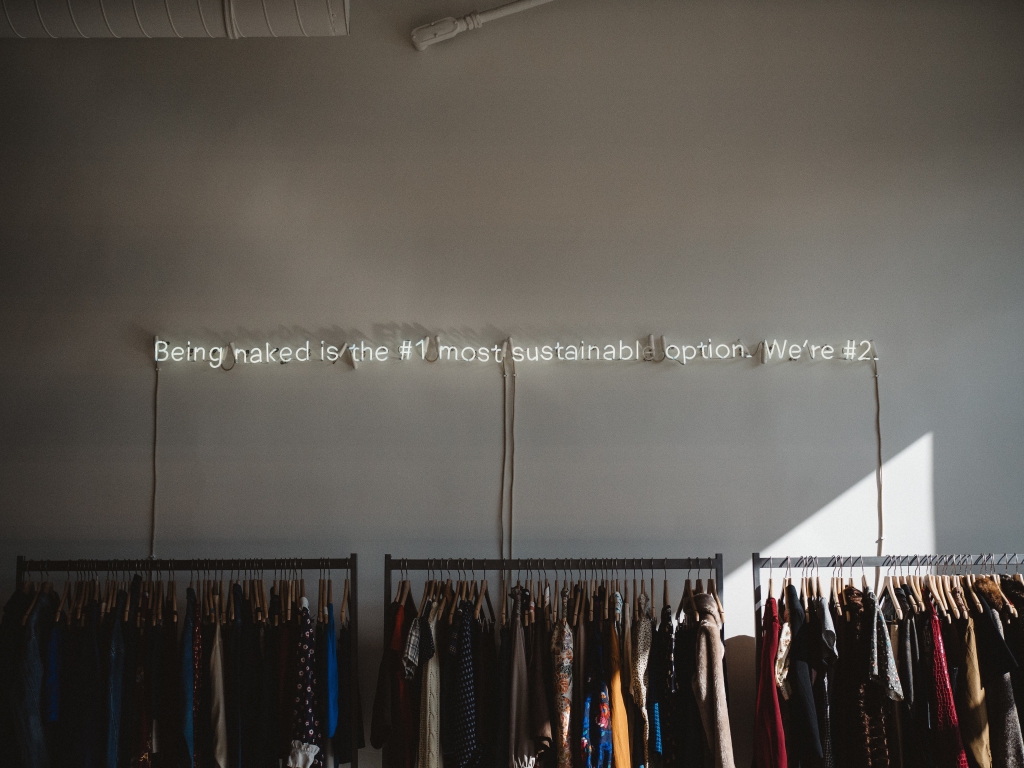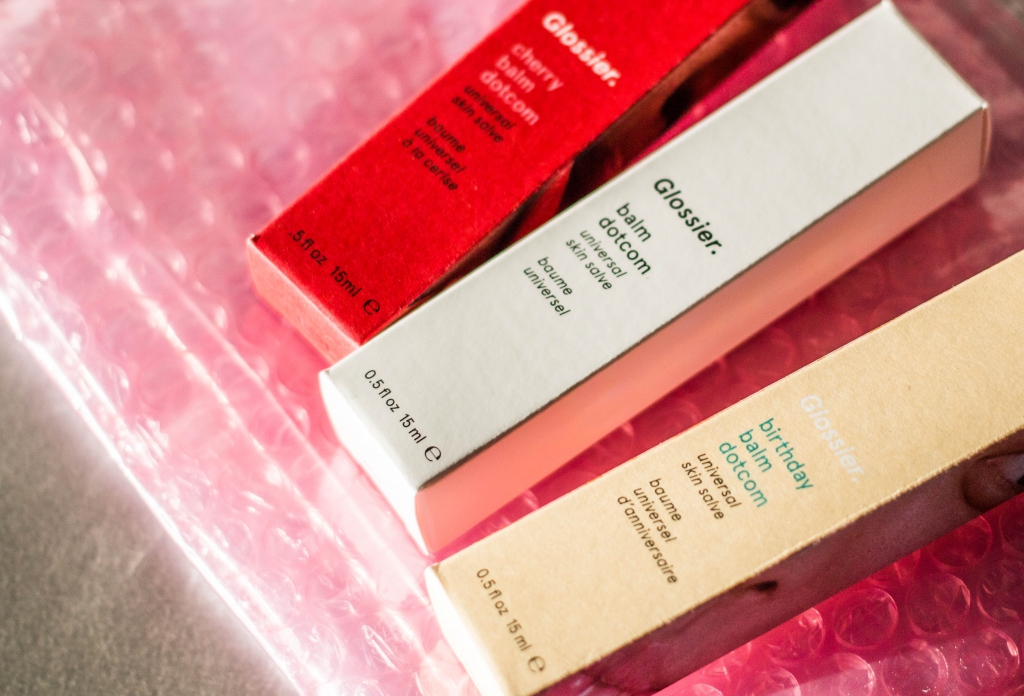.jpg)
Modern consumers are changing the face of customer retention
In the past few decades, we’ve seen transformations in technology, communications and social values. Not surprisingly, modern consumer behaviours have been shaped by this journey, and customer retention models need to evolve too if brands want to keep up.
Modern consumers interact with brands in a very different way to years gone by. We are living in an era of information, with access to unlimited amounts of publicity, awareness and public opinion. This is having a profound impact on consumer habits, and companies need to understand these changes to maintain strong customer relationships.
Forbes recently researched the changing beliefs and behaviours of modern consumers, and revealed fascinating trends that will influence customer retention in the future.
Who do we listen to?
Humans have always loved sharing information, and word of mouth marketing has always been important, but now social media provides the perfect platform for our opinions to be heard - good or bad – by a truly global audience.
Conversely, people are now aware of traditional marketing mediums such as billboards and TV ads, and many are actively opposed to putting their trust in brand-produced content, instead preferring to pay attention to word of mouth and product reviews.
Modern consumers are all too aware that a brand’s marketing team is there to do a job, and prefer to hear from sources we trust such as peer-generated endorsements.
We also liked to be listened to, and many modern consumers are happy to talk about a product or service if they believe it offers genuine value to their friends. This is where brands can get involved - customer retention tactics can be as simple as asking a consumer to share their thoughts on your product, or thanking them for discussing your brand online.
What do we want?

In a world where almost everything is Instagrammed, people often want purchases that will act as an expression of their personality, beliefs and values. While previous generations simply loved to hunt for a bargain, we now want more from products – and we’re often willing to pay extra for it.
Sure, you can buy a loaf of sliced white bread for under a quid, but that’s not why artisan bakeries are thriving in city centres and trendy suburbs. Craft beer stores and boutique coffee shops are thriving, despite local supermarkets having cheaper options on offer.
Essentially, we want purchases to make us feel good, and brands to talk to us on a personal level. More than ever, we place value on meaningful moments over material things – so if you’re selling material things, you best accompany them with a pleasant buyer experience. Alternatively, if you’re struggling with customer retention, consider whether your brand needs to reconnect with its audience.
How do we interact with brands?
We already know that customer retention costs much less than customer acquisition. So how can brands keep delighting modern consumers?
Some brands are worried about consumer promiscuity, and it’s true, most of us have no problem trying new brands rather than relying on the safe option. Thanks to online reviews, comparison sites and social media chatter, we’re aware there are plenty of fish in the sea, whether we’re talking about potential suitors, mortgage providers or shampoo brands.
However, this doesn’t mean brand loyalty is dead - we just have higher standards! Maybe a brand has delighted us in the past, we want to be impressed by them today too. Relevancy is key to this. We appreciate when brands listen to us, understand our personal needs and create relevant offerings. Personalisation isn’t just about sticking a first name or birthday onto a mass email template, it’s about brands keeping you in mind as an individual.
Brands looking to improve their customer retention tactics need to shift their focus from ‘winning’ to ‘wooing’. Rather than simply assuming consumers will be loyal after just one purchase, brands need to give them compelling reasons to stick around, become a repeat buyer and refer friends.
Brands looking to improve their customer retention tactics need to shift their focus from ‘winning’ to ‘wooing’.
Which brands are nailing their customer retention models?
Brands need to adapt to these modern consumer values, and appeal to a growing desire for experiences, emotional connections and purposeful purchases. Here are a few brands that have already hit the nail on the head.
For listening: Glossier

Most brands need to promote their products. But what if you got your consumers to promote them for you?
Beauty brand Glossier is taking customer relationships to the next level. Glossier was born from a community of consumers devoted the beauty blog Into The Gloss. Rather than working with influencers, Glossier engages its loyal fan base from the blog as active participants in the brand’s creation and continually developments. For its most successful launch to date, the brand gifted products to 500 superfans who had bought the most products or showed the most online engagement.
“When your friend says, ‘you have to try this thing’, you listen,” explains Henry Davis, Glossier president and COO. “You cannot buy that much goodwill with all the advertising and the best creatives in the world.”
For values: Patagonia

Patagonia’s beliefs are rooted in the love for the outdoors, and has cultivated a deeply loyal customer base through its emotive, altruistic and purpose-driven actions. The brand’s mission statement – “we’re in business to save our home planet” – is backed up by donations to charities, involvement in environmental activism and steps towards supply chain sustainability. For instance, the ‘Worn Wear’ programme encourages customers to reuse, repair and share their gear, flying in the face of consumerism as we know it.
“Brands that elicit advocacy provide a value beyond just product quality and experience” says former Patagonia marketer Craig Wilson. “Customers become advocates of brands because they develop an emotional connection with their core purpose.”
For experiences: Vans

Many brands are turning to experiential marketing to connect with consumers. As well as attracting individuals with fun offerings, this also helps brands to shape their identity.
For instance, skateboarding and fashion brand Vans has launched House of Vans popups in in cities all over the world. These spaces host live concerts, art installations, workshops and and sporting events, and attract talent from across the globe to collaborate with the brand, both within the skateboarding world and beyond.
“It’s a living and breathing space, which allows us to bring the brand to life,” explains Neil Schambra Stevens, VP of marketing EMEA at Vans. “It’s about including people and letting them experience the brand – it’s not about the revenue.”
Customer retention models are changing for good
In today’s world, customer retention costs effort, not money. None of the brands we just mentioned rely on extravagant giveaways or expensive stunts to win over consumers. Instead, it really is the little things that make an individual feel cared for, respected and inspired that make all the difference.
Customer retention models can benefit from a personal touch, but we know not everyone has time to break out the calligraphy set. Our talented scribe tribe can handwrite your bespoke content on the highest quality stationery, all you have to do is choose the words. Inkpact helps brands to create meaningful moments and nurture human connections – what more does the modern consumer want?
